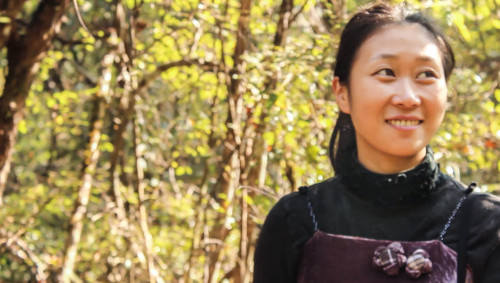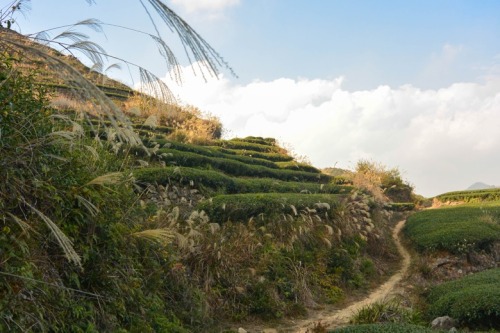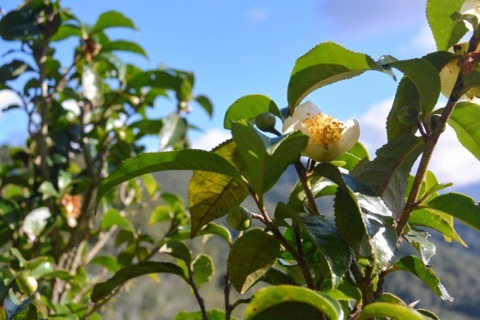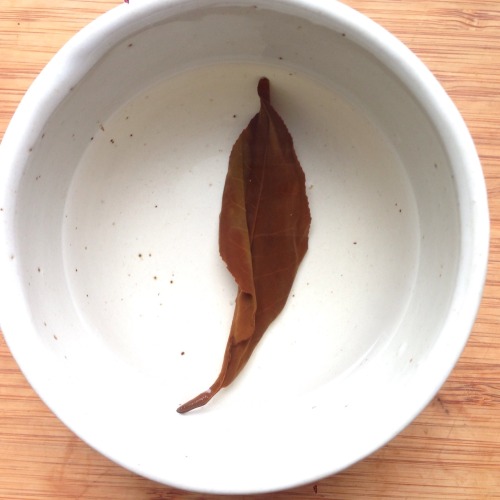#tea leaf
Tasseography
•Tea leaf reading•
You might be wondering where this unusual form of divination came from, so here’s a short history on tasseography. Shortly after tea was introduced to Europe, tea leaf reading, as it’s now recognized, was born. Similar divination tools had been used with an assortment of other materials. The art of tea leaf reading spread through Europe, and is now practiced throughout the world.
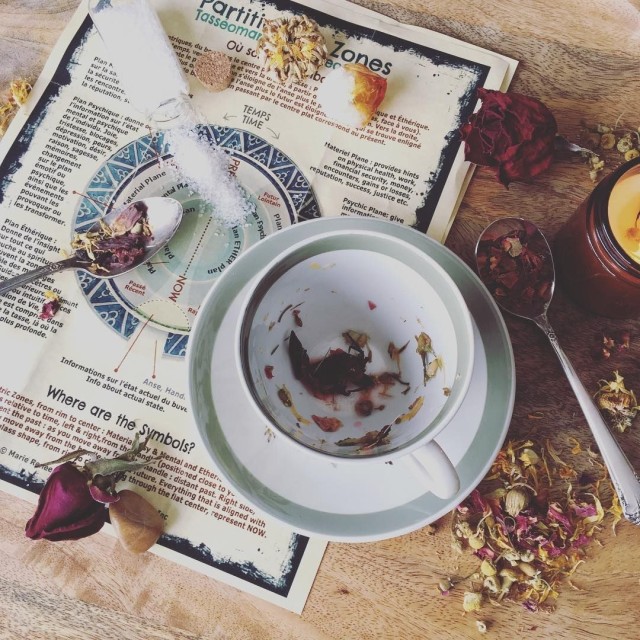
Doing a tea leaf reading involves you indulging in a delicious cup of tea and putting your sharp intuitive skills to work. After you enjoy your warm cup of loose leaf tea, you’ll leave the loose tea leaves at the bottom, where some of these leaves will form symbols, each having their own meaning. That’s where your keen intuitive abilities come in! Anyone can see a triangle at the bottom of a teacup, but your job is to intuit what it means for you or the person you’re reading for.
WHAT YOU NEED FOR A TEA LEAF READING
- Tea cup with a wide brim that’s light enough to easily see your tea leaves.
- Saucer
- Loose leaf green or black tea, preferably organic.
- Napkins
- Pen and paper
- Water

HOW TO PERFORM A TEA LEAF READING
1. BREW YOUR TEA
Gather all of your materials. Boil your water. Place about a teaspoon of loose tea in your cup. Pour your water in and steep tea to your preference.
For the next 3 steps, if you’re doing a reading for someone else, have them do the following steps.
2. SIP & SWIRL
Before you take your first sip, gently swirl tea counter clockwise three times. Sip and enjoy your tea, but don’t drink it all! When there’s about 1 tablespoon of tea left in your cup, swirl it again 3 times counter clockwise and think about or speak your query aloud.
3. CREATE YOUR TEA READING CANVAS
Turn your cup upside down onto your saucer to remove the remaining water, allow it a minute or so to drain, then turn it back up right.
4. LOOK FOR SYMBOLS
Look over your loose leaf tea pieces and see if any symbols or shapes jump out to you immediately. Don’t fret if you don’t see anything immediately, similar to scrying with a crystal ball, it can take some time for imagery to form for you. Try looking at the inside of the cup from different directions to see shapes. Keep in mind the images formed are formed from tea leaves, so you will really need to use your imagination.
5. RECORD & DECIPHER YOUR FINDINGS
If you do start to see some shapes, begin writing them down on your piece of paper so you can decipher them later, note where in the cup they are too. Now you’re ready to decipher your findings! Here’s a guide for the most common symbols found during tea leaf readings:

6. UNDERSTAND THE TIMELINE
Where your tea leaves are situated in your cup relate to when they will happen. This is why some of the tea leaf reading cups you find have circles inside of them. Timing is broken into thirds as follows:
Bottom third: farthest away from happening, think 3-5 years out.
Top third: will be happening in the near future, think within the next few weeks.
Middle third: will happen in about a year from now.

7. FORM YOUR READING
Like most divination tools, a honed intuition is key for success, so be sure to lean on any gut instincts as you form the story for your reading. Once you understand the meaning behind the symbols it’s time to put all of the information into a story that makes sense for you or the person you’re doing a reading for.
InWuyishan,Li Xiangxi and her family cultivate + wild pick Wuyi mountain tea.
The wild tea plants growing out of the rocks on the slope behind her family’s workshop are fed by deep spring water, brought down the mountain by a simple bamboo aqueduct.
For the full story, read on…
Post link
photoset:Master Zhang’s Tieguanyin Tea Fields, November 24th 2014
Daping, Anxi, Fujian, China
#wishyouwerehere
Post link
Greetings from Qianjiazhai!
We are traveling across China, visiting our partner farmers and friends. Our first leg of the journey brings us to Master Han and his wild-picked pu'er and black tea.
Tea trees and tulsi grow wild on Mt. Ailao’s slopes alongside evergreens and aromatic herbs. Master Han’s workshop is three hours up the narrow, winding road - through the morning fog and onto the peak itself.
The full story is coming soon - for now, stay tuned for more photos, video and more from Qianjiazhai and the rest of our journey!
Post link
Hey guys I’m doing more stuff on youtube, be sure to subscribe to see more videos!

